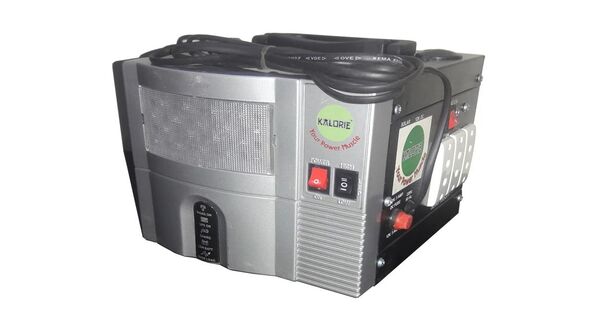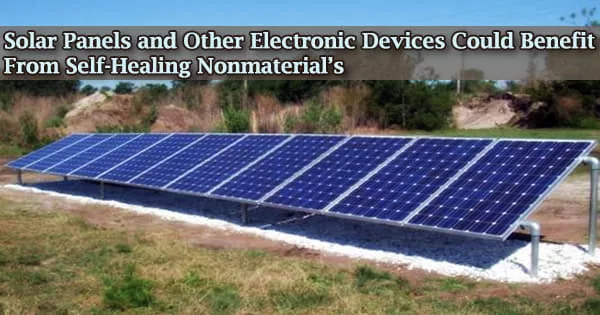A nanoinverter, also called a nano inverter or solar nano inverter, is a device that transforms direct current (DC) from a single solar cell or small solar panel to alternating current. It is a sort of power inverter that converts direct current (DC) electricity to alternating current (AC) electricity on a very tiny scale. They are commonly employed in applications that require both space and energy efficiency, such as microelectronic devices, small-scale renewable energy systems (such as solar panels), and microgrids. Nanoinverters are notable for their small size, great efficiency, and ability to be integrated directly into the electronics they power.
Nanoinverters are an exciting advancement in solar energy technology. Traditionally, solar panels are connected to a single inverter, which converts the panels’ direct current (DC) into alternating current (AC) that may be used by domestic appliances and the grid. However, nanoinverters employ a different technique.
Advantages
Nanoinverters have various advantages over microinverters (which are used with solar panels bigger than 100 watts). The key advantage is that even little shade, debris, or snow lines in any single solar cell, or a smaller panel failure, do not significantly impact the output of a bigger panel. Each nanoinverter optimizes power by tracking the maximum power point for the linked panel. This setup offers several advantages:
- Increased Efficiency: With typical inverters, if one panel is shaded or underperforming for any reason, it can degrade the whole performance of the array. Nanoinverters solve this problem because each panel acts separately. This can contribute to improved overall system efficiency, particularly in instances where shading is an issue.
- Enhanced Monitoring and Maintenance: Nanoinverters generally include advanced monitoring features, allowing users to track the functioning of each individual panel in real time. This makes it easy to identify and resolve issues as soon as possible, maximizing system uptime and overall output.
- Scalability: Nanoinverters offer greater flexibility in system design and scalability. Installations can start small and easily expand over time by simply adding more panels with their respective nanoinverters. This can be particularly advantageous for residential and commercial installations where space or budget constraints may limit the initial system size.
- Safety and Reliability: By decentralizing the inversion process, nanoinverters can improve system safety and reliability. In traditional setups, a malfunctioning inverter can bring down the entire system, whereas with nanoinverters, the impact of a single failure is isolated to the affected panel.
- Optimized Energy Harvesting: Because each panel runs individually, nanoinverters provide more exact energy harvesting optimization. This means that each panel can run at its peak efficiency regardless of the performance of nearby panels.
Overall, nanoinverters are a potential improvement in solar technology, providing greater efficiency, dependability, and flexibility than standard centralized inverter systems. As the technology matures and costs fall, nanoinverters will be used more widely in both home and commercial solar installations.
















